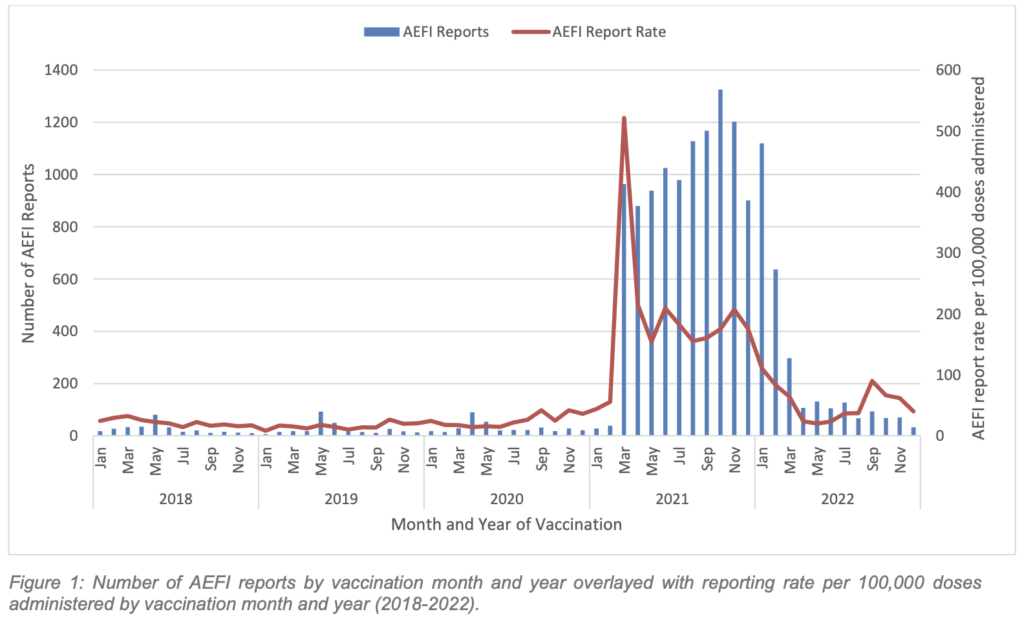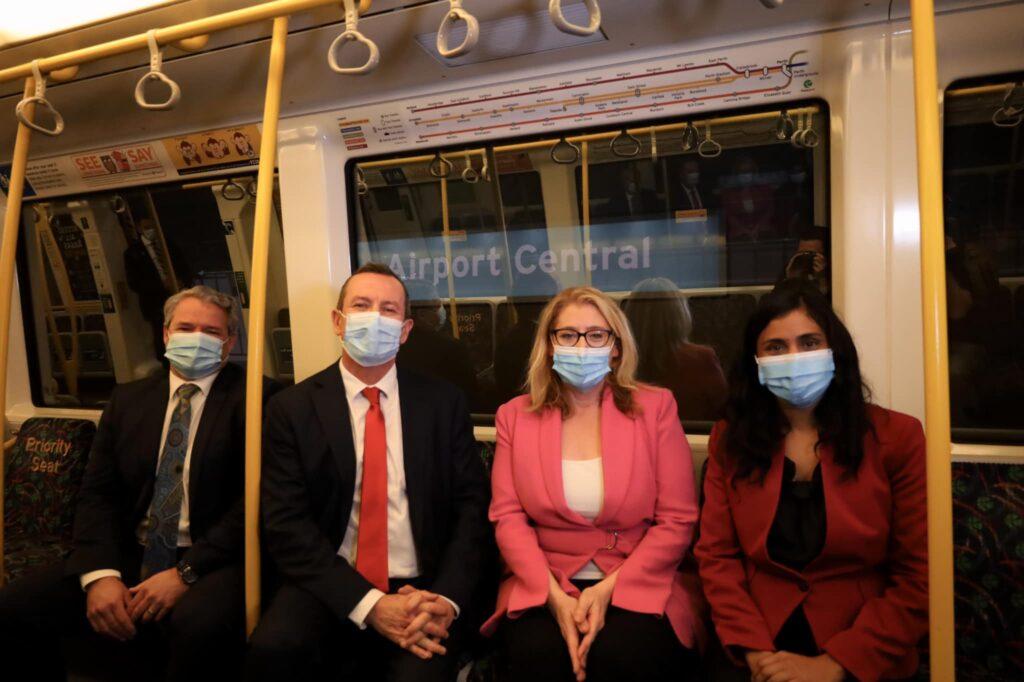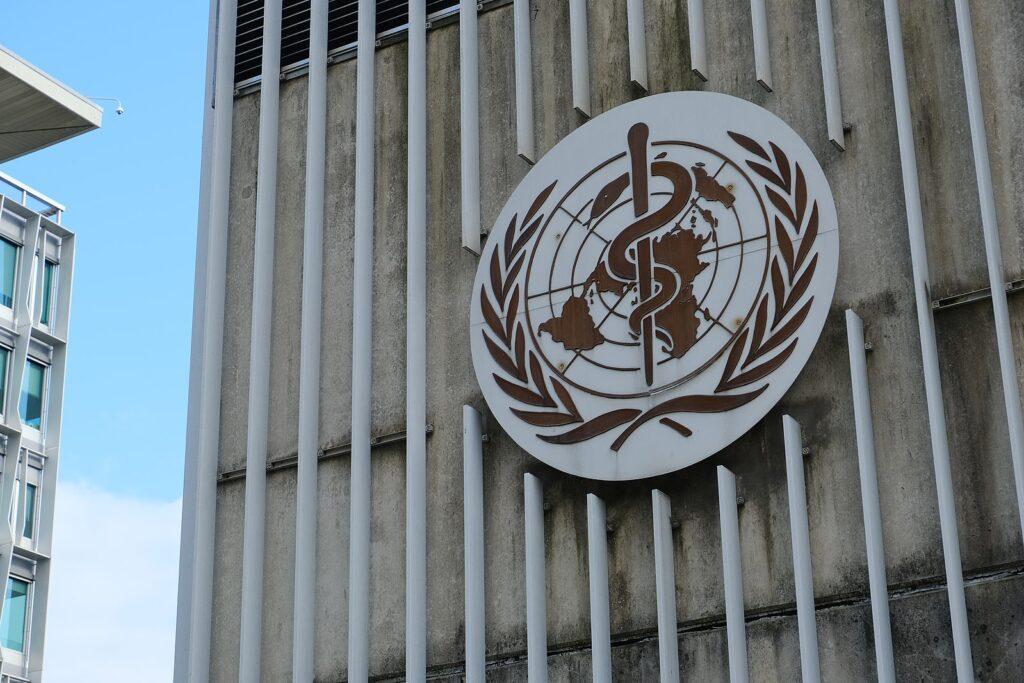By the time the COVID pandemic took off in Western Australia, more than two years after it began in Wuhan, almost all eligible West Australians had been double vaccinated, with four out of five having received a booster. Premier Mark McGowan credited his government’s “very effective” vaccine mandate policies for this achievement. So why is such a pivotal pandemic policy missing from the official government record on vaccine safety?
In 2021, Western Australia (WA) became the world’s accidental vaccine safety control group. Isolated from the rest of the world with its closed borders and strict quarantine rules, WA managed to keep COVID out for most of 2021, earning the state the moniker of the ‘Hermit Kingdom.’ During that time, over 90 per cent of eligible West Australians over the age of 12 received two doses of COVID vaccination.
The WA Government’s 2021 vaccine safety surveillance report documented the startling ‘control group’ results from 2021: an “exponential increase” in adverse events following immunisation (AEFI) reported at almost 24 times the rate of all other vaccines combined.
In 2022, the Hermit Kingdom control group ended, as community spread finally took off in the lead-up to the eventual border opening on 3 March. No longer able to keep COVID out, Premier Mark McGowan ramped up his government’s vaccine mandates and introduced tough new proof of vaccination requirements, warning, “life is about to get very difficult” for the unvaccinated, and suggesting that the rules would stay in place for “years.”
Effective 31 January 2022, McGowan’s rules saw the unvaccinated locked out of over 75 per cent of workplaces, gyms, cafes, restaurants, stadiums, theatres, music venues, yoga studios and bottle shops (even drive-throughs).
The border opening, which was initially planned for 5 February, was delayed by a month, with McGowan effectively pegging the opening date to the aim of getting the third dose vaccination rate “up above at least 80 per cent, perhaps 90 per cent.”
Nudging WA closer to this goal, an additional third (booster) dose of vaccination was mandated in a swathe of workplaces from 5 February, leaving double-dosed West Australians out of the job along with the unvaccinated if they did not comply.
In the week of the eventual border opening, on 3 March 2022, WA recorded the highest booster vaccination rates in the country, with 82.9 per cent of eligible West Australians having received their third dose. Additionally, over 95 per cent of eligible West Australians had received two doses of COVID vaccination.
After the borders opened, WA reached the peak of its COVID pandemic in mid-2022, a full 12-24 months after most of the rest of the world. McGowan reflected that his government’s vaccine mandates had been “extraordinarily effective” in getting a majority of West Australians triple dosed prior to this peak.
McGowan was not alone in this view. An independent Review of Western Australia’s COVID-19 Management and Response handed down in July of this year praised WA’s high vaccination rates as an unmitigated success, stating that, “vaccine mandates were crucial to meeting targets for the opening of State borders.”
It is curious, then, that such a “crucial” and “effective” policy is missing from the WA Government’s recently released 2022 vaccine safety surveillance report.
As in 2021, the report documents a volume of AEFI reports unheard of since before the COVID vaccine rollout, with a total of 2,853 adverse events reported compared with an average of 323 per year for the 2018-2020 period. And as in 2021, the significant majority of these AEFI reports (76.7 per cent) are associated with the COVID vaccines, which yield a higher rate of AEFI reporting than all the traditional vaccines combined.
The report notes, “In 2022, January to March saw the highest number of AEFI reports corresponding with the sustained high number of COVID-19 vaccinations administered at that time.” This can be clearly seen in the accompanying graph.

However, it goes on to explain that, “The high uptake in COVID-19 vaccinations was likely in anticipation of the WA hard-border re-opening and the potential threat of COVID-19 infection being re-introduced to the WA community.”
At this, West Australian mum Karri Chapus laughs out loud. “The only reason I got the booster is because we were mandated!” she exclaims. Chapus sustained serious injuries from her second Pfizer vaccine shot, but says she “couldn’t get a medical exemption from the booster, and I couldn’t get a job without being triple vaxxed. I went to seven interviews and got rejected because I hadn’t had the booster.”
Burdened with medical bills and loss of income from her vaccine injury, Chapus rolled the dice and got Novavax for her third shot in March 2022 so that she could rejoin the workforce. This turned out to be a bad gamble for Chapus, whose injuries worsened significantly after the booster, resulting in diagnoses of pericarditis, heart failure, functional neurological disorder (among other conditions), which she reported as AEFIs, and which are reflected in the 2022 vaccine safety surveillance report.
One year ago, 5th Feb 2022, the Booster Mandate came into effect. Teachers, nurses and 75% of the workforce were mandated to have three doses in order to be able to work. This Booster Mandate was announced by @MarkMcGowanMP on 22 December 2021, talk about timing…
— WA Chalkie #VaccineInjured👨🚒 👨🏫 (@wa_cavedweller) February 5, 2023
(1/x) pic.twitter.com/A6rwURxpSh
Like Chapus, maths teacher Keith Wetton is incredulous at the omission of vaccine mandates from the vaccine safety record. “After McGowan announced the booster mandates, I spent all of Christmas 2021 worrying about whether I would be able to support my family,” says Wetton, who, also like Chapus, was unable to get a medical exemption from the booster after experiencing serious adverse events from his second COVID shot.
Remembering back to early 2022, Wetton says, “My understanding of what happened at the time was that we were forced to comply, to get our booster rate up, or they wouldn’t open the borders.” Unwilling to risk further injury, Wetton engaged a lawyer to negotiate resignation terms at his workplace, and found temporary online work until the mandates relaxed.
Chapus says she is “super angry” that the vaccine mandates have been left out of the 2022 vaccine safety surveillance report. “They said,‘if you’re unvaccinated, we’re going to make your life hard.’ That’s a threat. Why is that not mentioned in the report?”
I will never forget the coercion that took place. I will never forget that Vaccine Exmeptions for people like me simply didn't exist. "Go try the other vaccine" was the reply. How cruel! As for the TGA and WA Vaccine Surveillance Safety System, "Go see my GP" was it! (13/x)
— WA Chalkie #VaccineInjured👨🚒 👨🏫 (@wa_cavedweller) February 5, 2023
When asked to comment on the role of vaccine mandates WA’s high rates of COVID vaccination and AEFI reporting in 2022, a spokesperson for WA Health responded, “Vaccine mandates and measures of vaccination rates are not within the scope of the WAVSS Annual report, which focuses on vaccine safety surveillance.”
Yet in seeming contradiction to this statement, commentary on COVID vaccination rates and potential driving factors was included in the report – just not pertaining to the “crucial” vaccine mandates. WA Health was asked to provide clarity on why some commentary was included, while vaccine mandates were excluded, but did not respond.
WA Health was also asked to provide data supporting the report’s speculative claims that anticipation of the WA hard-border re-opening and the potential threat of COVID-19 infection were responsible for WA’s high COVID vaccination uptake, but did not provide any information in response to this request.
This is not the first instance of vaccine mandates disappearing from WA’s pandemic record. Earlier this year, three academics from the University of West Australia’s (UWA) law school questioned the WA Government’s transparency and accountability in its pandemic record keeping, which they characterised as “unacceptable.”
While searching for key pandemic policy Directions pertaining to vaccine mandates, Julie Falck, Jessica Kerr and Marco Rizzi found that important records had “effectively disappeared from public view.”
In a blog on the Australian Public Law website, the academics detailed the extraordinary lengths they had to go to recover records of the WA Government’s vaccine mandate Directions. The trio searched the Department of Health (DOH) website, the Government Gazette, various other WA Government websites, and Hansard – all fruitless. Some vaccine mandate Directions were eventually recovered via the (non-official) Wayback Machine.
Finally, the academics reached out to the Department of Premier and Cabinet (DPC) to request an official copy of the Directions. Though they were eventually provided with the Directions as requested, they were advised that, “As the Directions were revoked, they are not available publicly.“
“The effort required for three academic lawyers to find [the Directions]…was alarming,” wrote Falck, Kerr and Rizzi, adding that while the WA Government maintained the bare letter of the law, “as every law student knows, lawfulness is a low bar.” They concluded, “There is a warning here for those of us inclined to optimism about the baseline commitment of executive government to transparency and the rule of law.”

“It feels like the WA Government is rewriting the pandemic history, and that is really concerning,” says MP Sophia Moermond, of the Legalise Cannabis Party. Moermond was vocal critic of the WA Government’s vaccine mandates during the pandemic period, and she believes that “mandates were the sole driver of the high vaccination rates we had here,” based on the volume of calls to her office at the time.
“I had many people contact me saying they didn’t want to be forced to be vaccinated. A lot of people who chose to [vaccinate] did only because their livelihood was threatened. Most people did not have the resources to say ‘no, I’m ok to lose my job,” says Moermond.
Moermond suspects that the omission of mandates from the vaccine safety surveillance record may be about liability. “When you look at the number of adverse events reported, and you take into account that many of those occurred during the time that people were being coerced into vaccination, there’s a risk that people might be held liable for the adverse events.”
Chapus agrees. “The WA Government has always promised transparency. So why not mention the mandates? They held back the border opening and mandated the third shot. Have they deliberately left this out? It seems like they wouldn’t mention it for a reason because they know they screwed up.”



